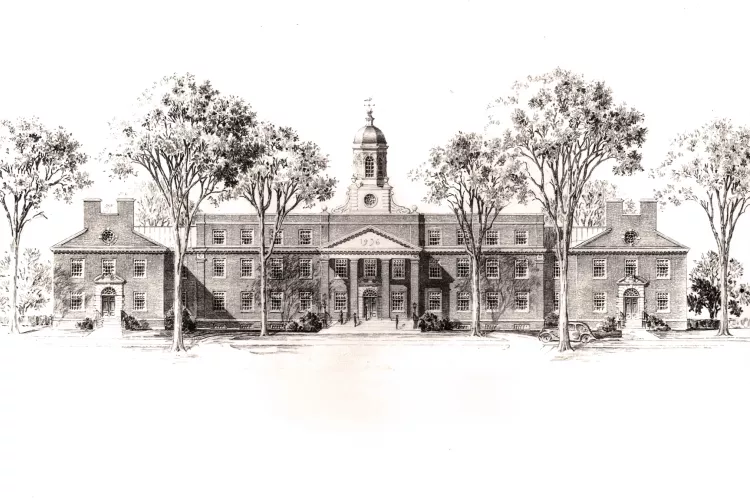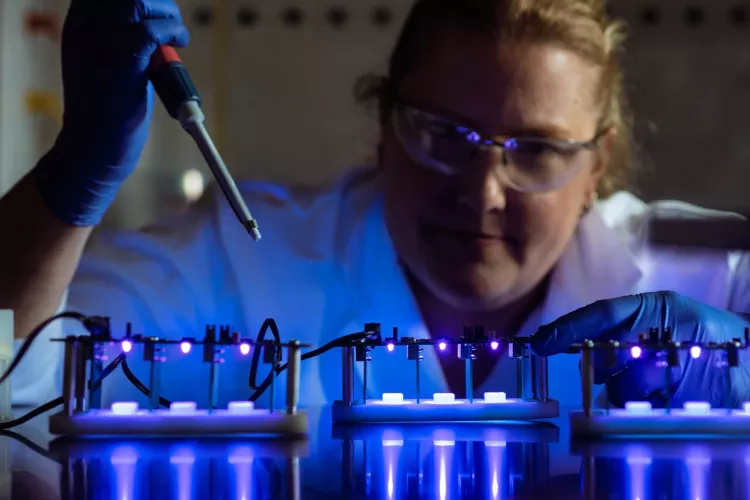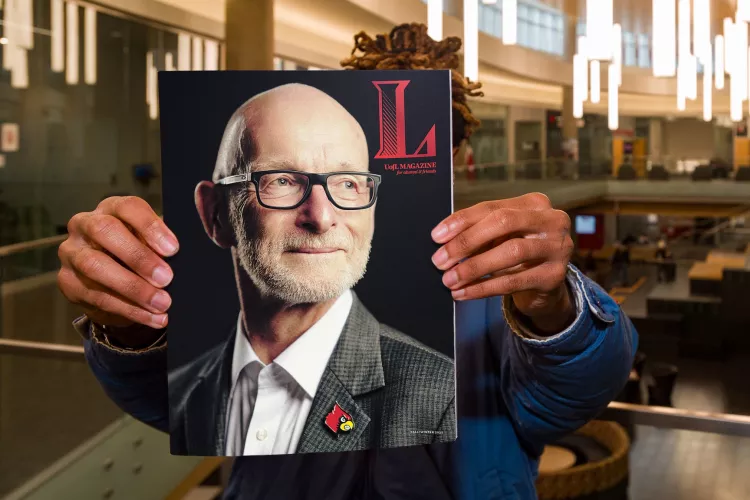Scientist will discuss solar system’s ‘third zone’
October 2, 2024Dramatic images from the New Horizons and Rosetta space missions are giving scientists a glimpse of some of the farthest reaches of the universe. Planetary scientist Hal Weaver, a part of NASA’s New Horizons mission to Pluto, will explain in an Oct. 8 lecture at UofL how those images from the Kuiper Belt or “third zone” are providing clues about our solar system’s birth.
Weaver’s free talk, “Exploring the Solar System’s Third Zone,” is the 2015 Bullitt Lecture in Astronomy at 6 p.m. in Gheens Science Hall and Rauch Planetarium. The annual lecture and reception afterward are intended for the general public.
Weaver, a physics and astronomy research professor at Johns Hopkins University’s Applied Physics Laboratory, is the project scientist for New Horizons, the first spacecraft mission to Pluto and the Kuiper belt. He also has been on scientific teams that discovered new satellites around Pluto.
He has studied comets for more than 30 years and received a 1988 NASA medal for scientific achievement for his Halley comet infrared observations resulting in the first direct detection of water in comets. In 1996 an asteroid was renamed Halweaver in recognition of his work on comets’ chemical makeup.
The physics and astronomy department in the College of Arts and Sciences and the Gheens Science Hall and Rauch Planetarium present the annual Bullitt lectures through an endowment established by the family of former U.S. Solicitor General William Marshall Bullitt.
For more information, contact Gerry Williger at 502-852-0821 or gmwill06@louisville.edu


